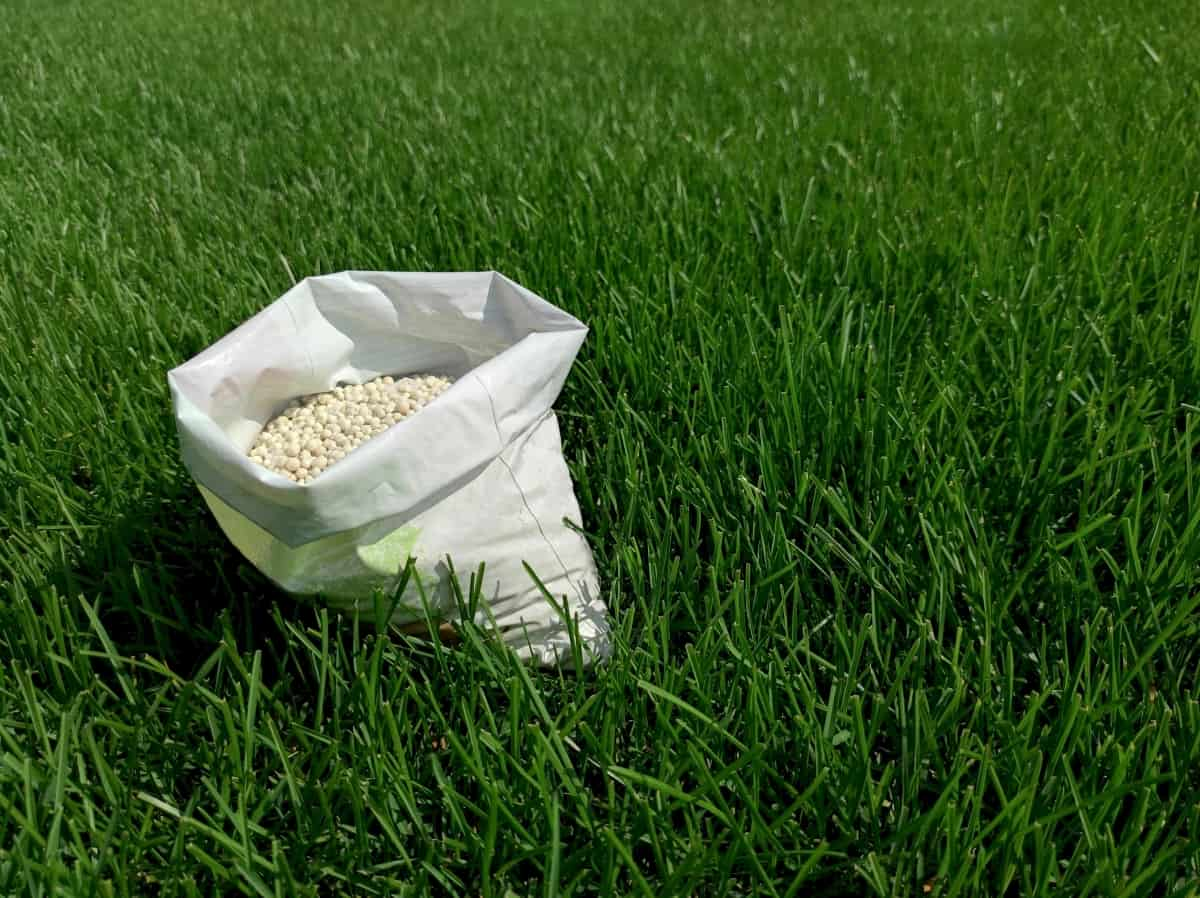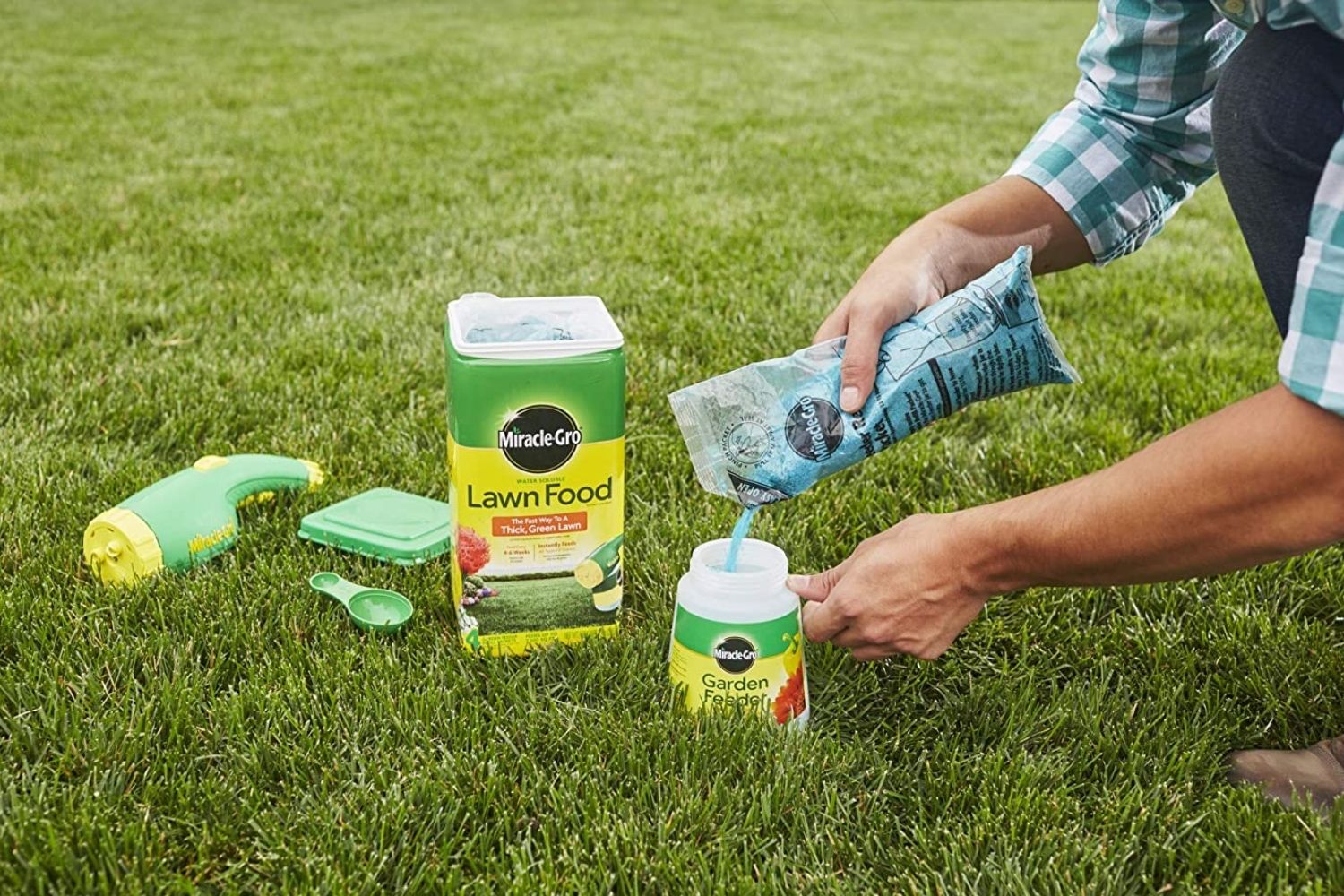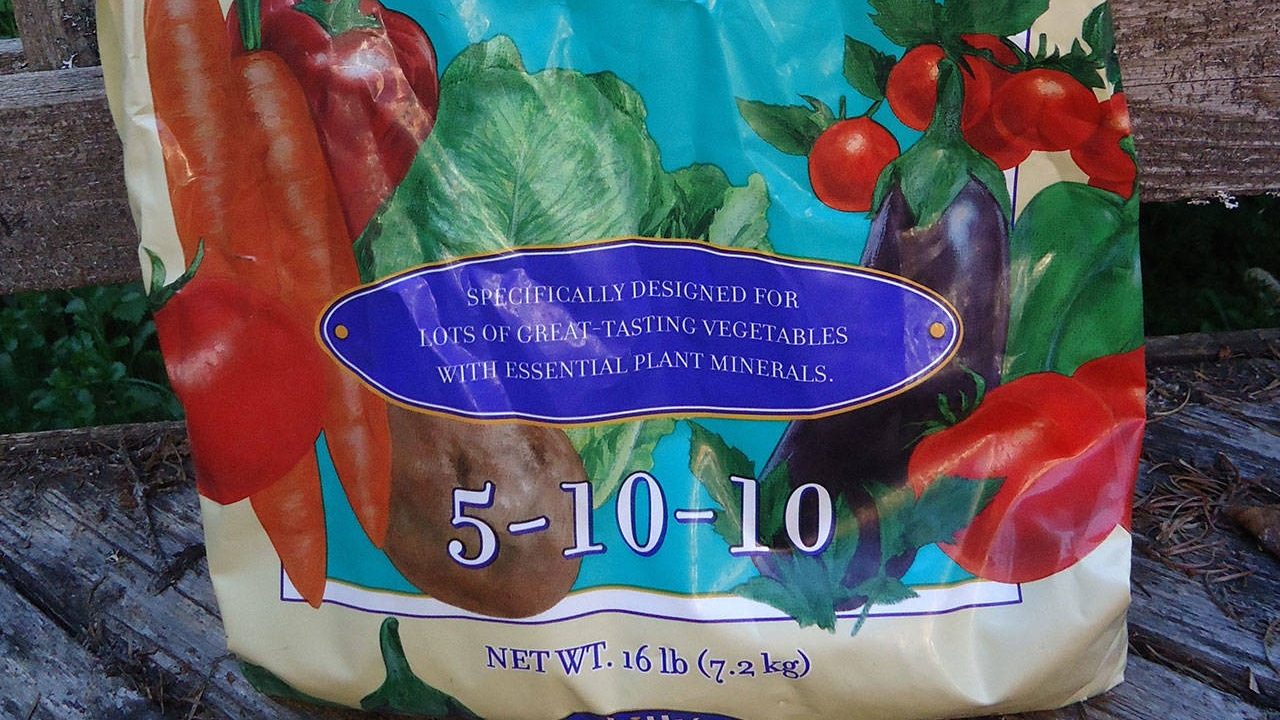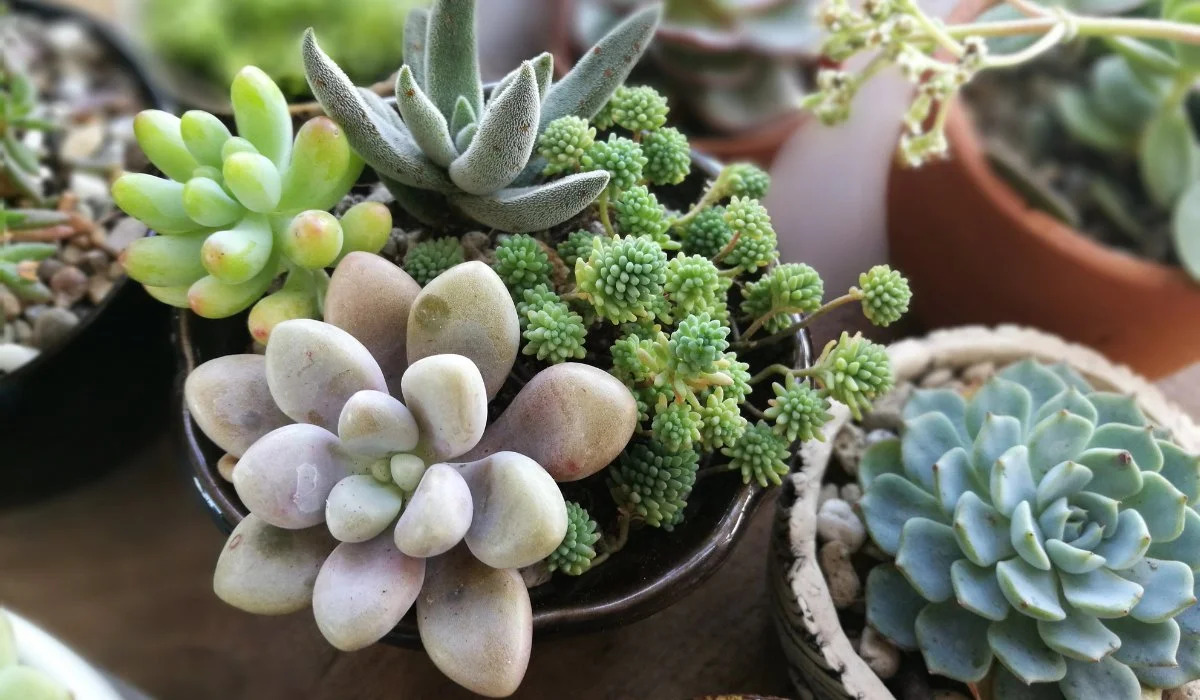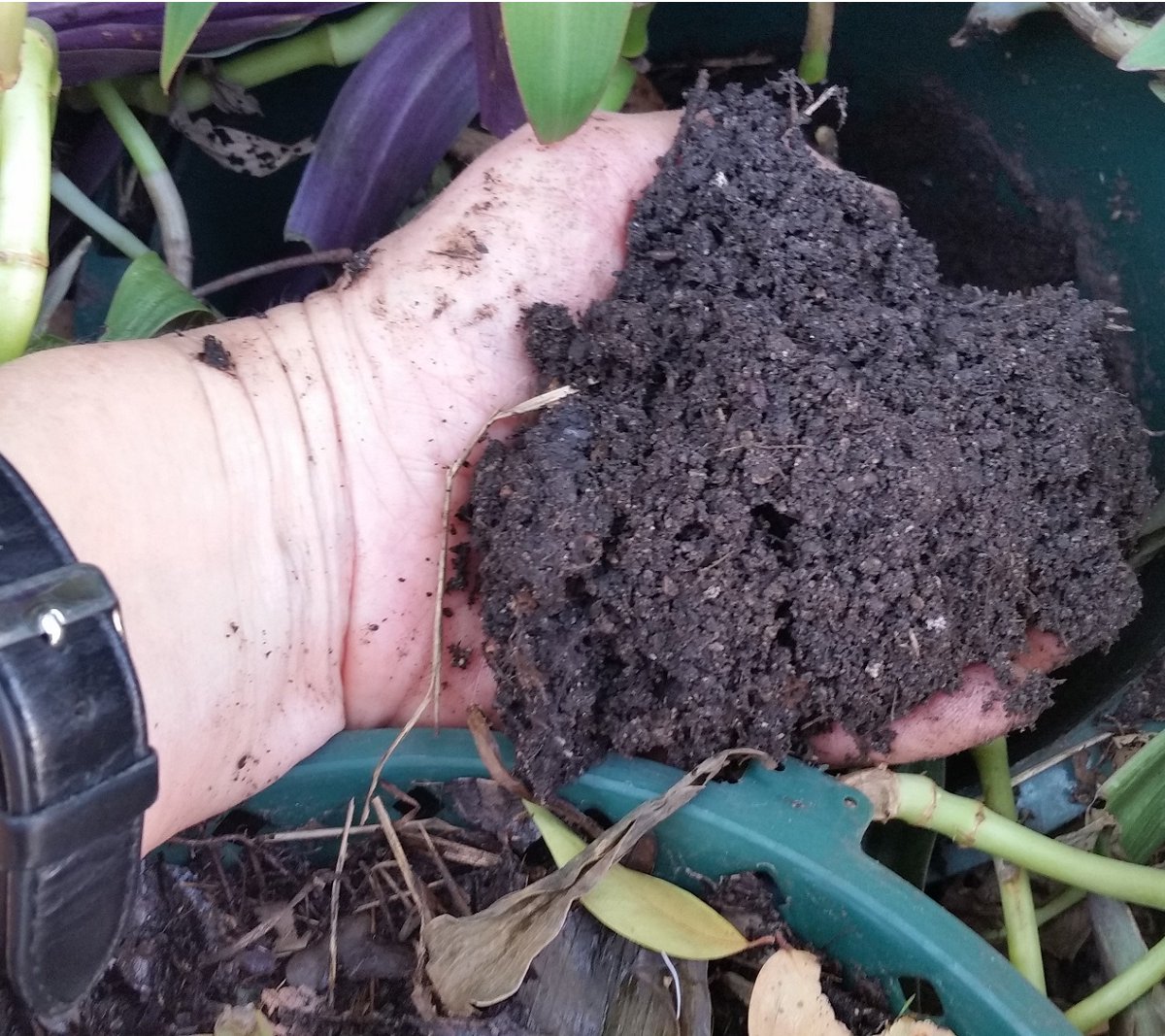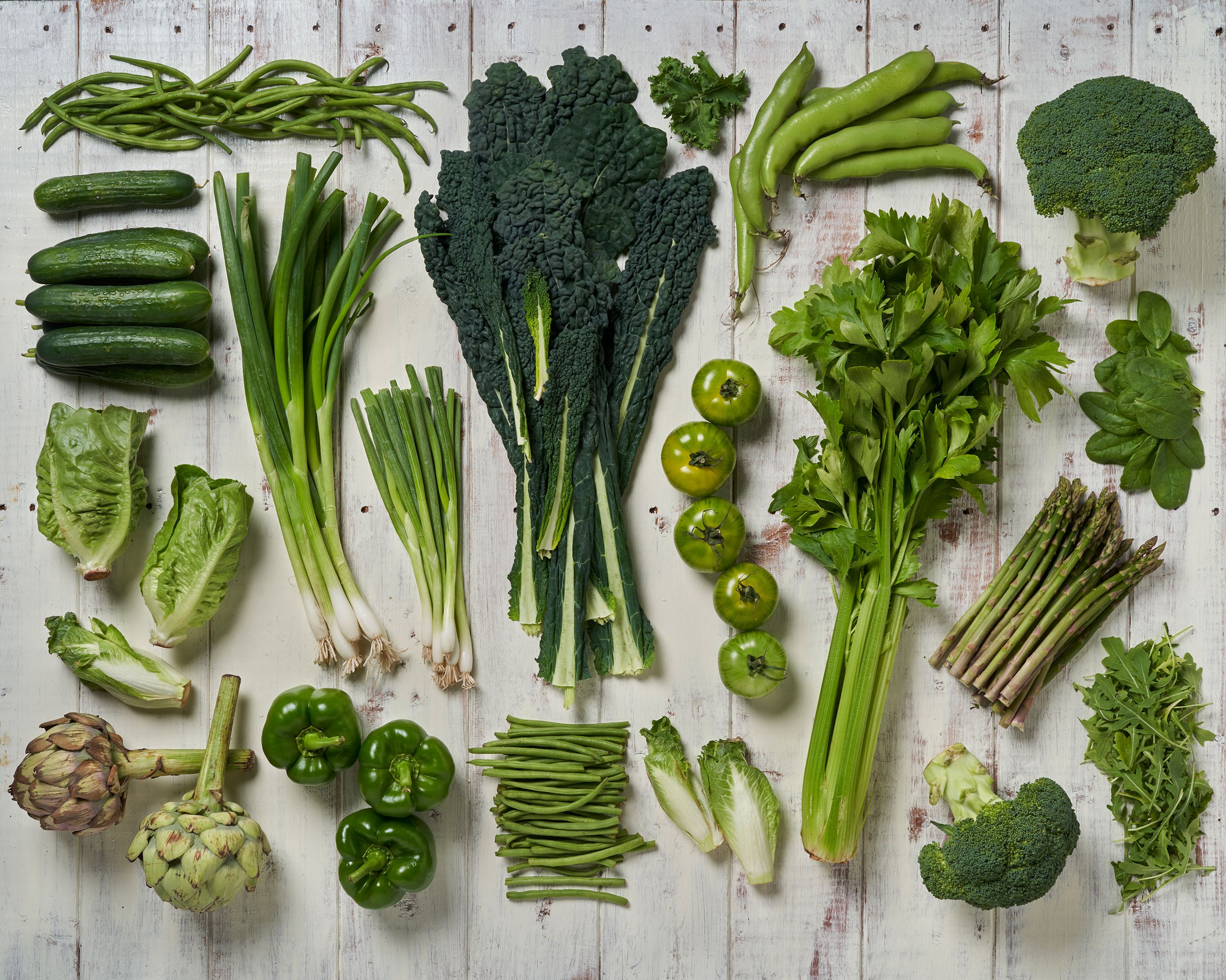Home>Gardening Basics>What Is 0-10-10 Fertilizer Good For
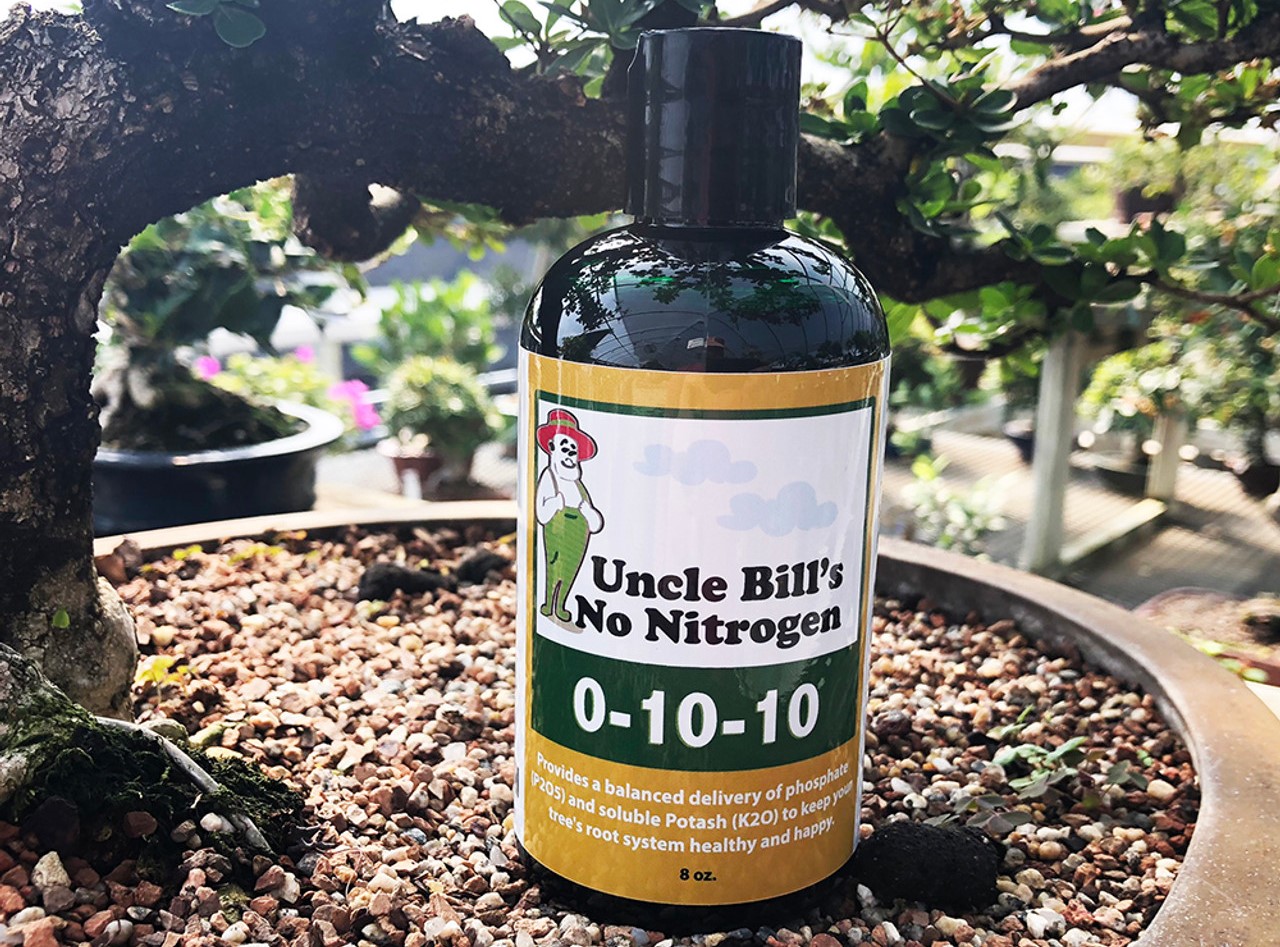

Gardening Basics
What Is 0-10-10 Fertilizer Good For
Modified: January 22, 2024
Discover the benefits of using 0-10-10 fertilizer for getting started in your gardening journey. Boost root development and enhance fruit and flower production in your plants.
(Many of the links in this article redirect to a specific reviewed product. Your purchase of these products through affiliate links helps to generate commission for Chicagolandgardening.com, at no extra cost. Learn more)
Table of Contents
Introduction
Welcome to the world of gardening and fertilizers! As a gardener, you probably know that the key to achieving healthy and thriving plants lies in giving them the necessary nutrients. One essential component in any gardener’s toolkit is fertilizer. Fertilizers provide plants with the essential minerals and elements needed for growth, development, and overall vitality. Among the various types of fertilizers available, 0-10-10 fertilizer is gaining popularity for its unique benefits and specific uses.
What exactly is 0-10-10 fertilizer? Well, the numbers 0-10-10 represent the ratios of nitrogen (N), phosphorus (P), and potassium (K), respectively, in the fertilizer. Nitrogen is responsible for promoting leaf and stem growth, while phosphorus aids in root development and enhances flowering and fruiting. Finally, potassium helps strengthen plants and improve their overall health and resilience. In the case of 0-10-10 fertilizer, it contains zero nitrogen and high concentrations of phosphorus and potassium.
In this article, we will explore the benefits of using 0-10-10 fertilizer, the ideal uses for this type of fertilizer, application rates, and important considerations before using it. So, whether you are a seasoned gardener wanting to try a new fertilizer or a beginner looking to understand its potential, read on to discover how 0-10-10 fertilizer can enhance your gardening experience.
Definition of 0-10-10 Fertilizer
Before delving into the benefits and uses of 0-10-10 fertilizer, it’s important to have a clear understanding of what it is. 0-10-10 fertilizer is a type of fertilizer that contains zero nitrogen (N), relatively high levels of phosphorus (P), and a moderate amount of potassium (K). The numbers 0-10-10 represent the nutrient ratio in the fertilizer, indicating that it contains no nitrogen and a higher concentration of phosphorus and potassium.
Phosphorus, the second component of the 0-10-10 fertilizer, plays a vital role in a plant’s development. It promotes root development, which is crucial for the plant’s ability to access water and nutrients from the soil. Phosphorus also aids in seed germination and enhances flowering and fruiting processes. Additionally, it is involved in energy transfer and storage within the plant, facilitating photosynthesis and nutrient utilization.
Potassium, the third component of the 0-10-10 fertilizer, is necessary for overall plant health and resilience. It helps plants withstand stressors such as extreme temperatures, diseases, and pests. Potassium also plays a role in regulating water movement and nutrient uptake within the plant. Furthermore, it contributes to the activation of enzymes and the synthesis of proteins, carbohydrates, and starch.
0-10-10 fertilizer is often chosen for specific purposes in the garden. Due to its lack of nitrogen, it is commonly utilized in situations where promoting flowering, fruiting, or root development is desired. By providing high levels of phosphorus and potassium, this fertilizer formulation can boost plant growth, enhance flower production, and increase the yield of fruits and vegetables.
Now that we have a clear understanding of what 0-10-10 fertilizer is and its nutrient composition, let’s explore the benefits and ideal uses for this type of fertilizer.
Benefits of Using 0-10-10 Fertilizer
Using 0-10-10 fertilizer in your garden can bring about several benefits that contribute to the overall health and vitality of your plants. Let’s explore the advantages of incorporating this type of fertilizer into your gardening routine:
- Enhances Flowering and Fruiting: 0-10-10 fertilizer is an excellent choice when you want to promote flowering and fruiting in your plants. The high phosphorus content stimulates flower production, resulting in an abundance of beautiful blooms. It also encourages the development of healthy fruits with improved taste and size.
- Stimulates Root Development: The substantial phosphorus concentration in 0-10-10 fertilizer is beneficial for root growth. It helps establish strong and extensive root systems, allowing plants to absorb water and nutrients more efficiently. Improved root development contributes to overall plant health and resilience.
- Encourages Plant Growth and Vigor: The combination of phosphorus and potassium in 0-10-10 fertilizer provides essential nutrients that support overall plant growth and vigor. Phosphorus aids in cell division and energy transfer, while potassium helps regulate plant functions and enhances water and nutrient uptake. As a result, plants treated with 0-10-10 fertilizer exhibit increased vitality and robust growth.
- Promotes Disease Resistance: The potassium component of 0-10-10 fertilizer plays a crucial role in increasing a plant’s resistance to diseases and pests. Strong and healthy plants are better equipped to withstand disease-causing pathogens and fend off insect attacks. By using 0-10-10 fertilizer, you can help fortify your plants’ natural defenses.
- Improves Nutrient Utilization: Phosphorus and potassium are essential elements for efficient nutrient utilization within the plant. Phosphorus helps convert nutrients into a form that can be readily utilized by the plant, while potassium aids in nutrient absorption and translocation. Adding 0-10-10 fertilizer to your garden ensures that your plants can effectively utilize the nutrients present in the soil.
These benefits make 0-10-10 fertilizer a valuable tool for gardeners looking to enhance flowering, fruiting, root development, and overall plant health. However, it is important to understand the ideal uses of this fertilizer to maximize its effectiveness. Let’s explore these ideal uses in the next section.
Ideal Uses for 0-10-10 Fertilizer
While 0-10-10 fertilizer can benefit a variety of plants, certain situations and gardening practices make it an ideal choice. Here are some scenarios where using 0-10-10 fertilizer can yield excellent results:
- Flowering Plants: If you have flowering plants in your garden, such as roses, hibiscus, or dahlias, 0-10-10 fertilizer can help promote abundant and vibrant blooms. Apply the fertilizer during the blooming season to provide the necessary phosphorus for flower production and overall plant health.
- Fruit Trees: Fruit-bearing trees, such as citrus trees, apple trees, or peach trees, can benefit from 0-10-10 fertilizer. The high phosphorus content aids in the development of healthy fruits and improves fruit flavor and quality. Apply the fertilizer during the fruiting season for optimal results.
- Bulbs and Tubers: Plants that grow from bulbs or tubers, such as tulips, daffodils, or potatoes, require robust root systems for successful growth. 0-10-10 fertilizer is an excellent choice for promoting root development in these plants. Apply the fertilizer before planting or during the early stages of growth to encourage strong root formation.
- Establishing Transplants: When transplanting seedlings or young plants into the garden, using 0-10-10 fertilizer can help support their root development and overall establishment. The phosphorus component aids in root growth, ensuring that the transplants adapt well to their new environment and establish themselves quickly.
- Stress Recovery: Plants that have undergone stress, such as drought, extreme temperatures, or disease, can benefit from a boost provided by 0-10-10 fertilizer. The high phosphorus and potassium content helps plants recover and regain their vigor. Apply the fertilizer after the stress period to aid in the plant’s recovery process.
It’s important to note that while 0-10-10 fertilizer is suitable for many plants and situations, it may not be appropriate for all gardening needs. Certain plants with specific nutrient requirements, such as nitrogen-loving leafy greens or nitrogen-fixing legumes, may benefit from a different fertilizer formulation. It’s always a good idea to assess your plants’ specific needs and consult gardening resources or experts for tailored recommendations.
Now that we’ve explored the ideal uses for 0-10-10 fertilizer, let’s move on to understanding the application rates to ensure proper usage in your garden.
Application Rates for 0-10-10 Fertilizer
Knowing the proper application rates for 0-10-10 fertilizer is crucial to ensure that you provide your plants with the right amount of nutrients without causing any harm. Here are some guidelines to follow when applying 0-10-10 fertilizer:
- Soil Testing: Before applying any fertilizer, it’s recommended to conduct a soil test to determine the nutrient deficiencies and pH level of your soil. This will help you understand if your plants actually need phosphorus and potassium, as excessive amounts can be detrimental to certain plants and the environment.
- Follow Package Instructions: The packaging of the 0-10-10 fertilizer will provide specific instructions on the recommended application rates. Follow these instructions carefully to ensure that you are applying the correct amount. Different brands and formulations may have slightly different recommendations, so it’s important to read and follow the guidelines provided.
- Consider Plant Needs: While the packaging instructions are a good starting point, it’s also important to consider the specific needs of your plants. For example, young seedlings may require a lighter application rate compared to established plants. Additionally, plants in poor condition or recovering from stress may benefit from a slightly higher application rate to aid their recovery.
- Apply Evenly and Avoid Concentrated Areas: When applying 0-10-10 fertilizer, it’s important to distribute it evenly across the root zone of the plants. This ensures that all plants receive an equal amount of nutrients. Avoid applying the fertilizer in concentrated areas, as this can lead to nutrient imbalances and potential damage to the plants.
- Consider Timing: The timing of fertilizer application can also impact its effectiveness. For plants that primarily bloom or fruit during a specific season, it’s best to apply the fertilizer a few weeks before that period to allow the nutrients to become available when the plant needs them the most.
Remember, it’s always better to under-apply fertilizer rather than over-apply it. Overfertilization can lead to nutrient imbalances, burning of roots, and environmental pollution. If you’re unsure about the proper application rates for your specific plants, consult gardening resources or seek advice from local horticultural experts.
Now that we’ve covered application rates, let’s move on to some important considerations before using 0-10-10 fertilizer in your garden.
Considerations before Using 0-10-10 Fertilizer
While 0-10-10 fertilizer can be a valuable addition to your gardening routine, there are several important considerations to keep in mind before using it. These considerations will help ensure that you use the fertilizer responsibly and effectively:
- Plant Needs: As mentioned earlier, it’s crucial to understand your plants’ specific nutrient requirements before applying 0-10-10 fertilizer. Conduct a soil test to determine if phosphorus and potassium deficiencies exist. Some plants may already have sufficient levels of these nutrients, and additional supplementation may not be necessary.
- Environmental Impact: Fertilizer runoff can contribute to water pollution and harm wildlife. To minimize environmental impact, avoid over-application and follow the recommended application rates. Additionally, be cautious when applying fertilizer near water bodies or in areas prone to runoff, such as slopes or sandy soils. Consider using organic alternatives or other eco-friendly practices whenever possible.
- Safety Precautions: When handling and applying 0-10-10 fertilizer, follow the safety guidelines provided by the manufacturer. Always wear appropriate protective gear, such as gloves and goggles, to avoid skin and eye irritation. Store the fertilizer in a cool, dry place away from children and pets.
- Complementary Practices: Fertilizing alone may not address all the needs of your plants. It’s important to adopt other good gardening practices, such as proper watering, pest control, and maintaining healthy soil. These practices work synergistically with fertilizer application to promote plant health and vitality.
- Availability and Cost: Consider the availability and cost of 0-10-10 fertilizer in your area. While it may be beneficial for certain plants and situations, the availability and cost-effectiveness of the fertilizer can vary. Explore alternative options or consult local experts to find suitable substitutes if necessary.
- Seasonal Considerations: Take into account the timing of fertilizer application based on the specific needs of your plants. Applying fertilizer too early or too late in the season may not provide optimal results. Consider the growth stage of the plants and their expected blooming or fruiting period to determine the best time for application.
By considering these factors before using 0-10-10 fertilizer, you can ensure that you are making informed decisions and promoting responsible gardening practices.
Now that we’ve covered the considerations, let’s summarize the key points and benefits of using 0-10-10 fertilizer.
Conclusion
Understanding the benefits and ideal uses of 0-10-10 fertilizer can greatly enhance your gardening experience. This specialized fertilizer, with its zero nitrogen content and high concentrations of phosphorus and potassium, offers several advantages for your plants.
By using 0-10-10 fertilizer, you can enhance flowering and fruiting, stimulate root development, promote overall plant growth and vigor, improve disease resistance, and enhance nutrient utilization. It is particularly effective for flowering plants, fruit trees, bulbs and tubers, establishing transplants, and aiding in stress recovery.
When applying 0-10-10 fertilizer, it’s essential to consider the recommended application rates, plant needs, environmental impact, and safety precautions. Additionally, complementing fertilizer usage with other good gardening practices and being mindful of seasonal considerations can further support the health and vitality of your plants.
While 0-10-10 fertilizer can offer numerous benefits, it’s important to remember that every garden and plant is unique. Conducting a soil test, consulting gardening resources, and seeking expert advice can help you tailor your fertilizer choices to meet the specific needs of your plants.
As you embark on your gardening journey, consider incorporating 0-10-10 fertilizer strategically to enhance the growth, development, and beauty of your plants. With a balanced approach, responsible application, and a commitment to sustainable gardening practices, you can nurture a bountiful and thriving garden that will bring you joy for years to come.
